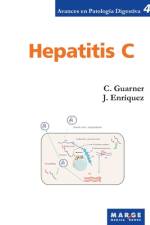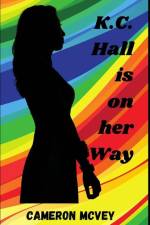av Margaret Lashley
239,-
Killing Two Birds with One Rock.Val's always been unlucky at love - and a whole bunch of other things.But she's never actually felt cursed. Until now.When Tom gives Val an engagement ring for her fiftieth birthday, she wants to fly the coop. But it's Tom who skips out on the romantic getaway he planned. When he can't make the trip, one of Val's pals goes instead. On the first day, her friend entangles Val in a prank that ticks off the wrong tourist. On the second day, she gets Val charged with murder.(Did I mention Val was unlucky?)To clear her name, Val must go fishing to lure in the real culprit. But what kind of bait do you use when you don't want to get caught yourself?With both marriage and jail feeling like impending life sentences, Val's going to have to do some pretty fancy angling to get herself off the hook this time....If you like deeply flawed characters and laugh-out-loud situations, you'll love Five Oh. It's the fifth book in Lashley's hilarious Val Fremden Midlife Mystery series. She's a lovable, bungling mess who's a bit older, a tad more jaded, and a ton more experienced in big-time failure. Life's been tough for Val. Still, she always manages to find her way with sardonic humor and an intrepid spirit. A gin and tonic now and then helps, too.P.S. If you love humorous, page-turning mysteries like those by Deborah Brown, Julie Mulhern, Lucy Quinn, Tricia O'Malley, Gemma Halliday, Karen Cantwell, Tara Sivec, Liliana Hart, Libby Howard, Chelsea Field, Jana Deleon, Gina LaManna, Janet Evanovich, Denise Grover Swank, Amy Vansant, and Stephanie Bond, you just might love Glad One, too! What Readers are Saying about Five Oh: "Oh, Val! What a fiftieth birthday party! Another great entertaining read from Margaret Lashley!""A funny, thought-provoking book. I somehow find myself in the place of Val every time. I've cried and laughed and just related to all of her crazy life. It's so wonderful to read stories whose main character is 50ish!""Lashley's writing style is brilliant and hilarious. The plot is imaginatively twisty, the situations are wacky, the characters are lovable, and there is a surprise ending that I never saw coming. I wish the author could write as fast as I can read!""It is so refreshing to read a story with an original plot which does not rely on current blockbusters for ideas. This novel keeps you guessing and invested from start to end.""Val and pals enjoy another zany adventure. Find time to escape from your life to Val's!""Smartly written, funny and very engaging characters.""Val is a hoot, a mature woman starting over, reinventing herself, and figuring out who she is and wants to be when she grows up. (She's) her own superhero and I recommend reading this whole series."

















![vellirekhakal [ വെള്ളിരേഖകള്] ] af &3374](https://cdnbackdoor.tales.as/thumbnail/150x225/products/00299/56888/vellirekhakal-.jpg)












